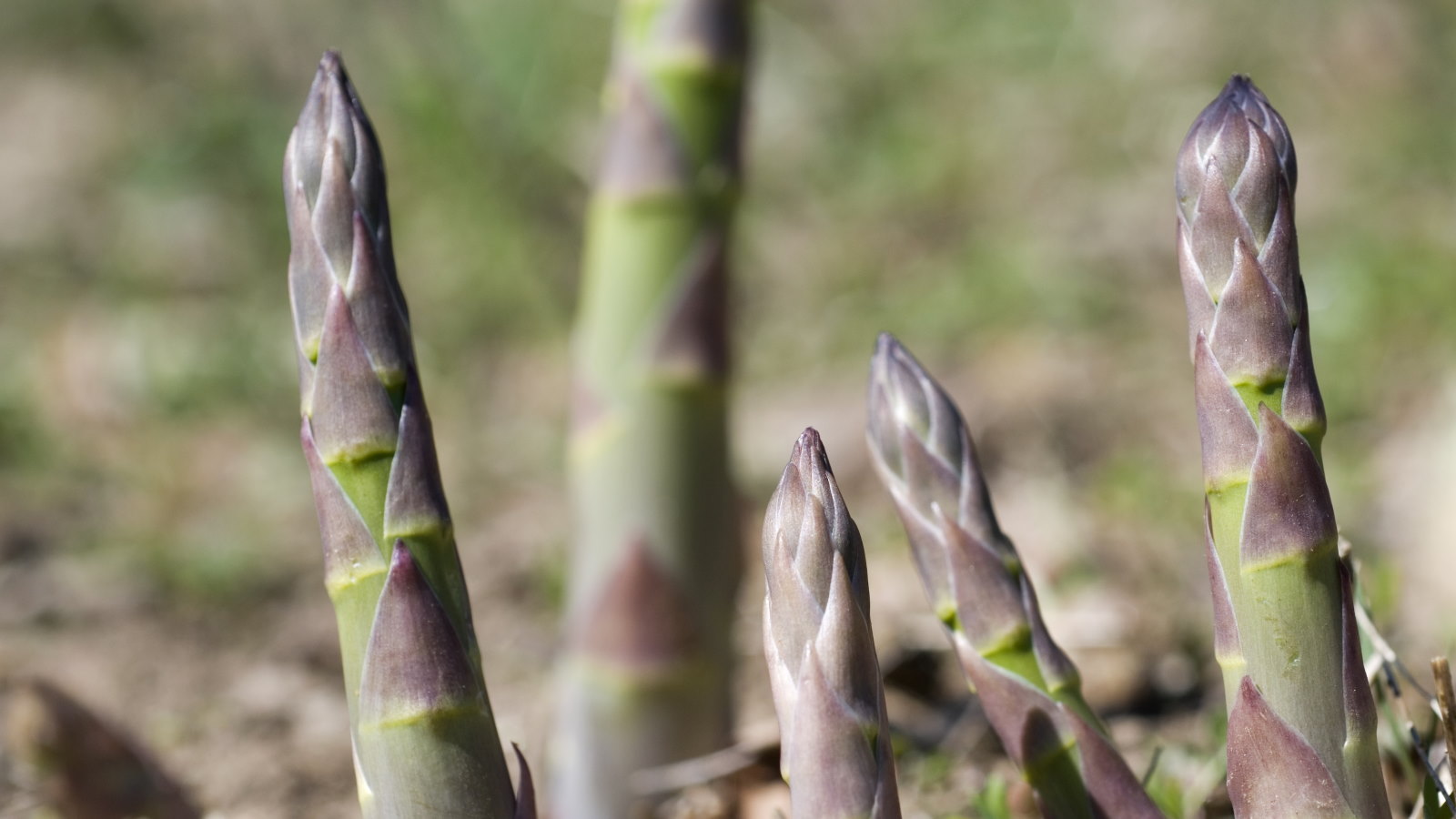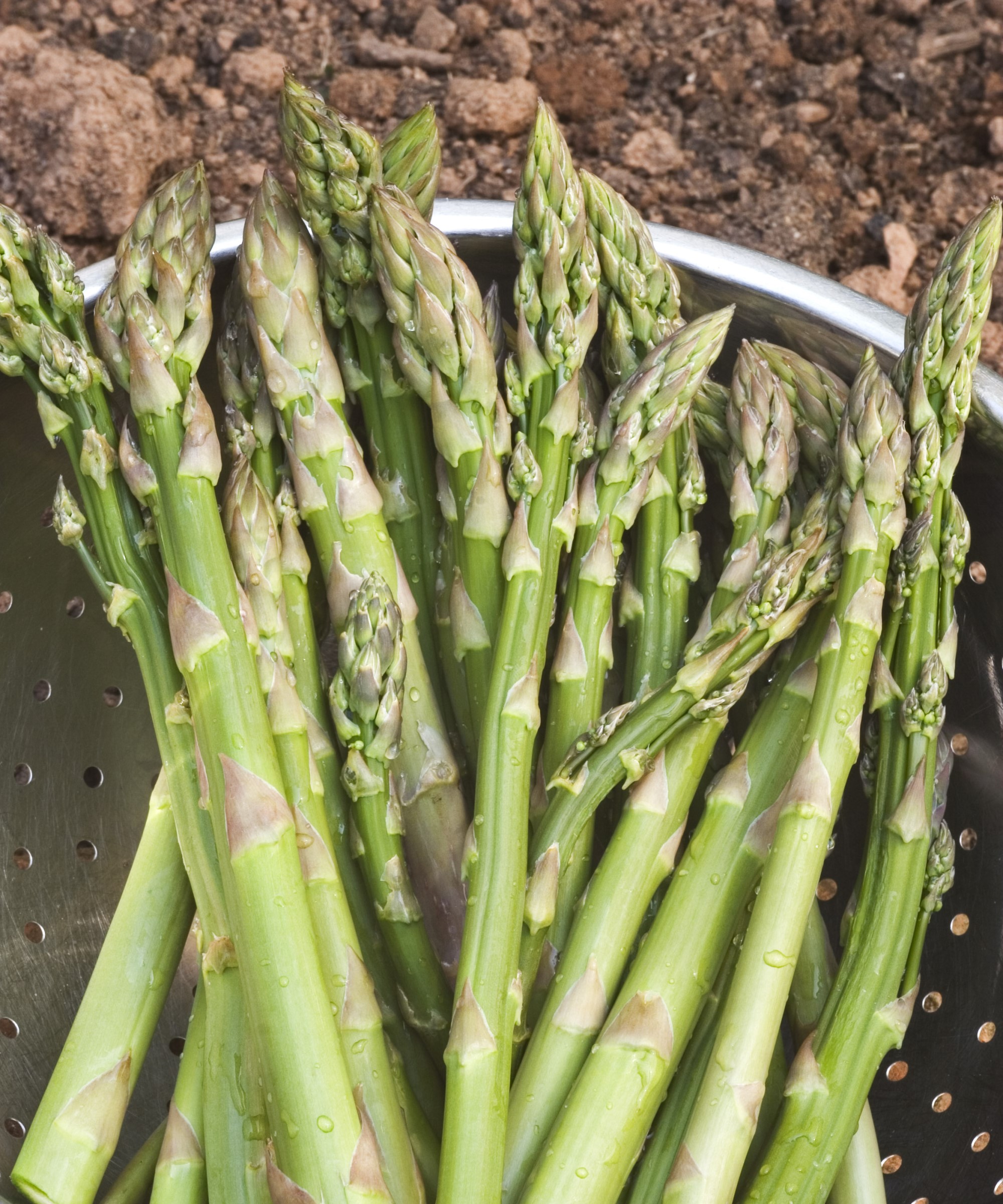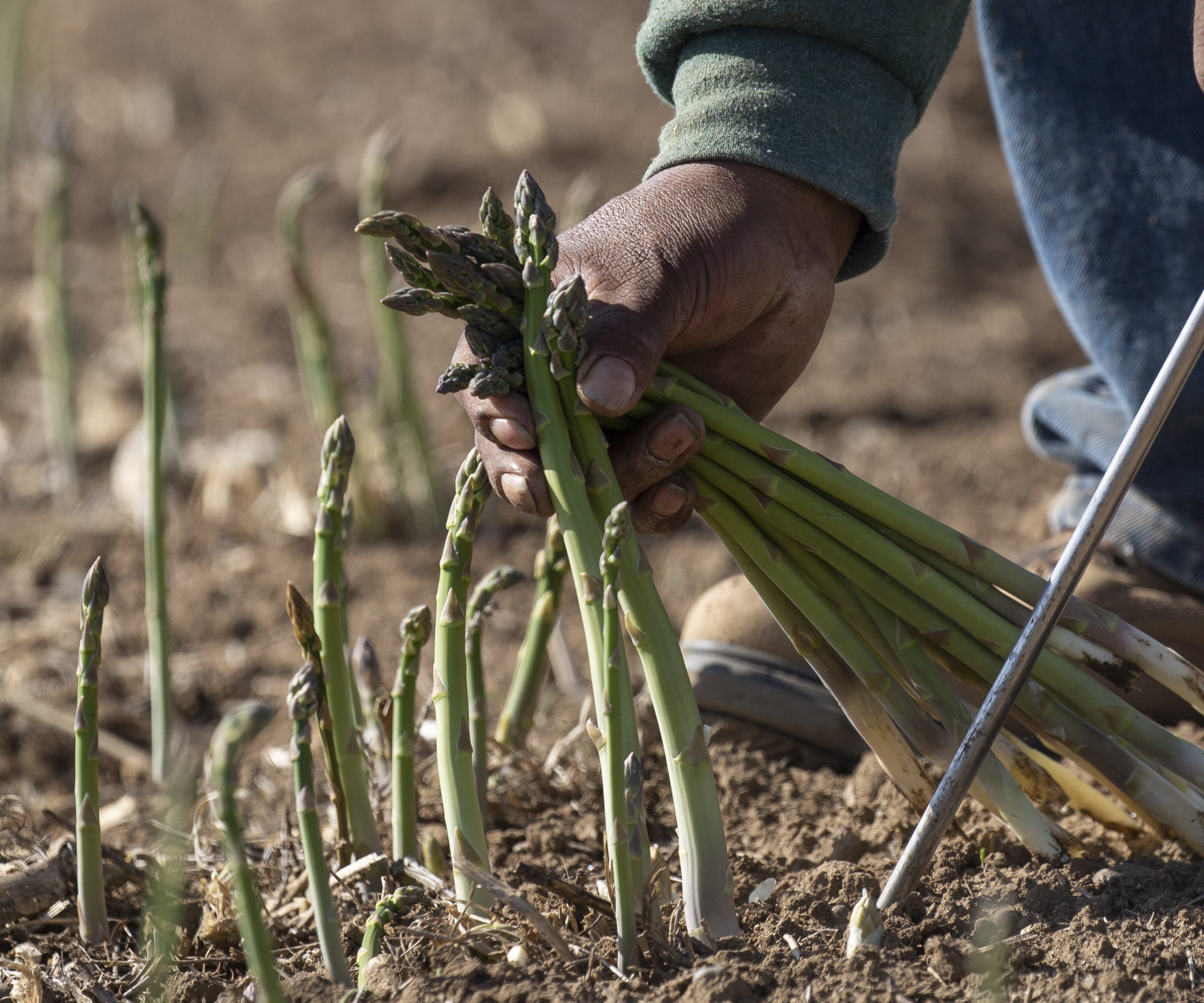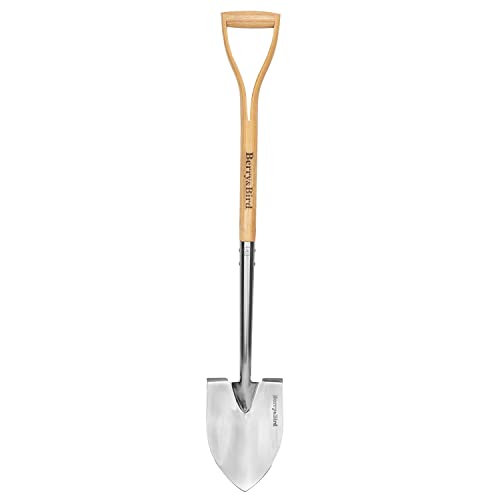When and how to divide asparagus – expert tips to rejuvenate older plants for better yields
Dividing asparagus crowns is simple and rewarding, but you must get the timing right


Asparagus may have a short season, but those delicate spears are highly prized harvests. However, as crowns multiply over the years, asparagus plants can get congested. This will affect the number and size of spears, but what can be done?
The answer is to divide asparagus crowns when they get overcrowded. This can rejuvenate older crowns and produce new plants for your vegetable garden. It is a simple task, and the reward is boosted asparagus harvests in the years ahead.
If you grow asparagus and have noticed your spears getting thinner or fewer in numbers in recent years, then maybe the time has come to divide asparagus.

Can you divide asparagus crowns?
Dividing asparagus is a way to rejuvenate old and overcrowded clumps, however, it is not without risk as it can stress plants and they can suffer transplant shock. To mitigate the potential risks, this guide looks at when and how to divide asparagus correctly to help you get new, healthy plants and increased yields.
When to divide asparagus

Dividing asparagus isn’t a job to do frequently, clumps should be divided only at least every 3-4 years. This gives the crowns time to re-establish afterwards in the vegetable garden.
The crowns need to be initially well-established before being divided, and then they can be split in further years if they need reinvigorating. For example, Valeria Nyman, chief product officer at Taim.io, says: ‘If the spears start coming up pencil-thin and fewer in number, well that’s your cue to divide asparagus’.
The best time to divide asparagus is during dormancy. The ideal windows are late fall, after cutting back asparagus, or early spring. Dividing when clumps are dormant reduces the overall stress on the plant and helps it establish successfully in its new home.
Design expertise in your inbox – from inspiring decorating ideas and beautiful celebrity homes to practical gardening advice and shopping round-ups.
Timing is important and, if you plan to divide asparagus, it needs to be done before any new shoots start pushing through the soil in spring.

Valeria is the Chief Product Officer at Taim.io, an innovative platform that serves as a personal, adaptive gardening coach, offering weekly advice to users.
How to divide asparagus crowns

The steps to divide asparagus are relatively simple and can be done with common gardening tools, predominantly a sharp garden spade or a saw. Make sure the garden tools are clean and sharp before starting the task.
The first step is to cut back the foliage in the fall. After harvesting asparagus, plants are left to grow into tall asparagus ferns, which put energy back into the clumps to develop next year’s spears. These ferns turn yellow and die in the fall - when they want to be cut back.
Next is to dig up the entire crown carefully, making sure not to slice through the roots. John Coykendall, Master Gardener at Blackberry Farm, warns: ‘Asparagus plants are deep-rooted, so be sure to dig deep enough to get the entire root system.’
Shake the soil off the lifted clump and look for any natural divisions in the crown. The crown can be divided into multiple sections, as long as any new piece has a selection of healthy roots and buds.
‘Depending on the size of the rooting system, you can expect to get several new rooting starts,’ adds John Coykendall. ‘Using a sharp spade, divide the roots into halves, quarters, or more depending on the clump’s size.’
Replant each section at least 18 inches apart into fertile, well-draining soil supplemented with compost or well-rotted manure. When you plant asparagus, they are commonly put into trenches with a small mound in the bottom - on which you sit the crown and spread out the roots.
Cover the new crowns with a few inches of soil and mulch the surface to retain moisture and suppress weeds. The new crowns want to be kept moist and not harvested for the first year. Leaving them to focus on building and storing energy will benefit you with stronger harvests in future years.

John Coykendall is the Master Gardener at Blackberry Farm, a 4,200-acre, land-focused resort in East Tennessee. A walking encyclopedia of gardening knowledge, John is a world-renowned expert in seed saving and author of 'Preserving Our Roots: My Journey to Save Seeds and Stories' available at Amazon.
FAQs
Do asparagus crowns multiply?
Asparagus crowns do spread and multiply over the years, which can lead to asparagus beds becoming overcrowded. A cramped bed means less space for roots and fewer asparagus spears to harvest in spring - which is when dividing asparagus will be beneficial.
One of the prime windows to divide asparagus is late winter or early spring, which can also be an ideal time to fertilize asparagus. Giving newly planted and established crowns a feed just before growth starts in spring helps them perform at their best.
It can be as simple as adding a balanced fertilizer, such as this organic all-purpose fertilizer at Amazon, and lightly working it into the bed in early spring. When you grow asparagus, add feeding plants to your spring gardening checklist.

Drew has worked as a writer since 2008 and was also a professional gardener for many years. As a trained horticulturist, he worked in prestigious historic gardens, including Hanbury Hall and the world-famous Hidcote Manor Garden. He also spent time as a specialist kitchen gardener at Soho Farmhouse and Netherby Hall, where he grew vegetables, fruit, herbs, and cut flowers for restaurants. Drew has written for numerous print and online publications and is an allotment holder and garden blogger. He is shortlisted for the Digital Gardening Writer of the Year at the 2025 Garden Media Guild Awards.
